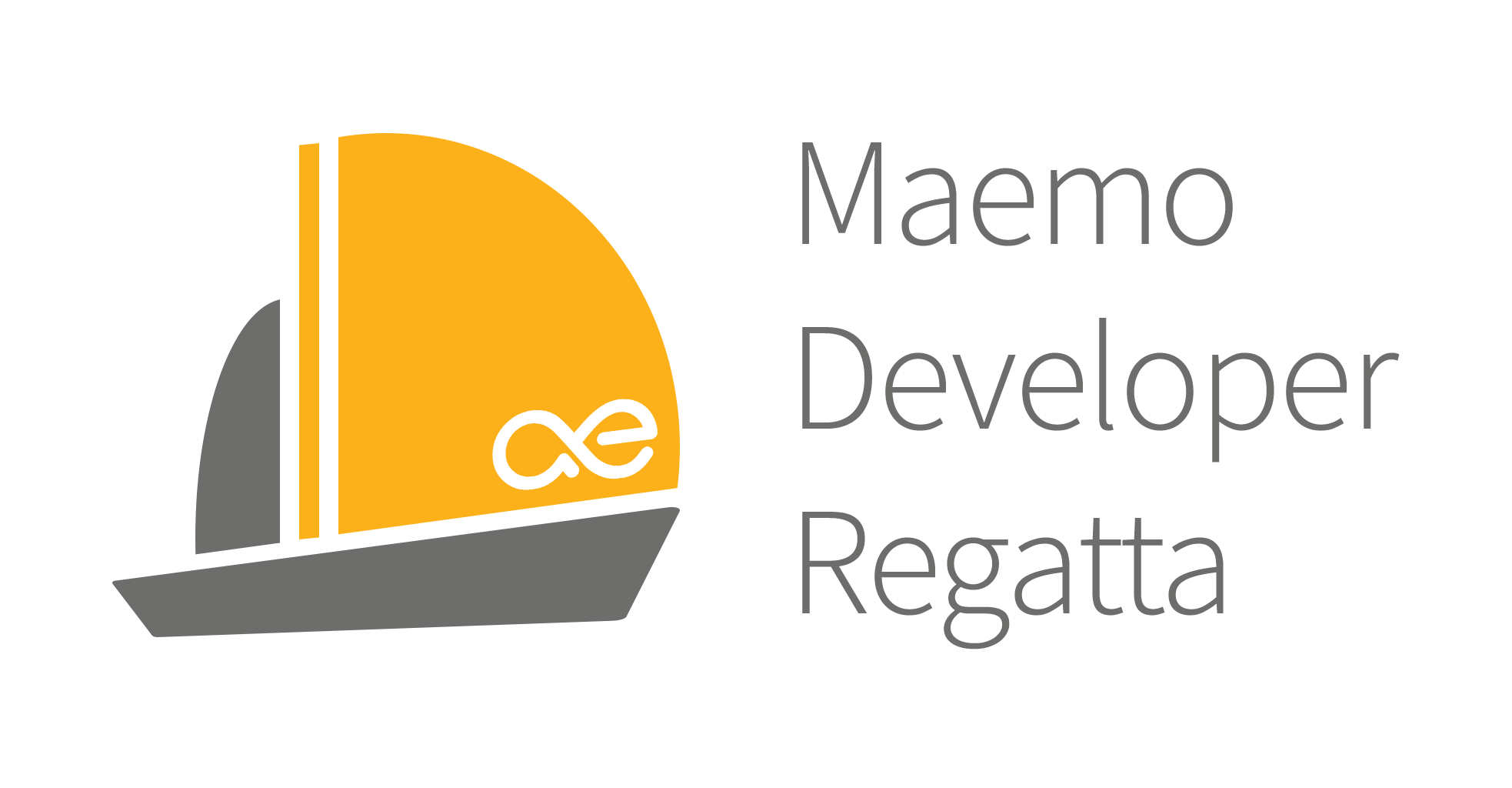|
|
2008-04-15
, 00:52
|
|
|
Posts: 4,930 |
Thanked: 2,272 times |
Joined on Oct 2007
|
#2
|
Various stuff lives various places in /, but there are lots of good online resources about what goes where; the relevant ones for your question are /home, which has users' home directories, and /media, where removable media shows up.
On going into xterm, you start in /home/user; this is the home directory of the user "user"; that's you.
In /media, there's mmc1 (external) and mmc2 (internal).
This next bit is not obvious to anyone well versed in Linux; this is maemo-specific:
/home/user/MyDocs is the main folder, known by your machine's name, in the maemo filemanager. Below it are several hidden directories (In UNIX, a file is hidden by starting its name with a dot.) which are your documents, sounds, etc. folders. They're hidden so that the file manager can fake in an entry with an internationalized name without both the translated name and the original showing up.
You can use cd to change directory, and ls to list files. ls -a lists all files, even hidden ones.
So
puts you in your internal SD card.
takes you home, but there's also a shortcut: you can use ~ to represent the current user's home directory. Once you're in ~, you can
and you'll see .documents, .games, etc.
On going into xterm, you start in /home/user; this is the home directory of the user "user"; that's you.
In /media, there's mmc1 (external) and mmc2 (internal).
This next bit is not obvious to anyone well versed in Linux; this is maemo-specific:
/home/user/MyDocs is the main folder, known by your machine's name, in the maemo filemanager. Below it are several hidden directories (In UNIX, a file is hidden by starting its name with a dot.) which are your documents, sounds, etc. folders. They're hidden so that the file manager can fake in an entry with an internationalized name without both the translated name and the original showing up.
You can use cd to change directory, and ls to list files. ls -a lists all files, even hidden ones.
So
Code:
cd /media/mmc2
Code:
cd /home/user
Code:
cd MyDocs ls -a
|
|
2008-04-15
, 01:19
|
|
|
Posts: 296 |
Thanked: 80 times |
Joined on Dec 2007
|
#3
|
The above post is pretty through. I'll add one tip: use tab for autocompletion in a terminal. If there's more than one potential autocompletion, hit tab twice to see the possibilities.
|
|
2008-04-15
, 11:23
|
|
Posts: 9 |
Thanked: 2 times |
Joined on Apr 2008
|
#4
|
Very helpful information, thank you!
|
|
2008-04-15
, 15:31
|
|
Posts: 3,841 |
Thanked: 1,079 times |
Joined on Nov 2006
|
#5
|
To see what directories are mounted, use df (or df -h to get 'human' sizes, i.e. KB,MB)
Ignore the 100% full /mnt/initfs, that's as it should be - it's only used during booting.
You will see your memory cards in /media/mmc1 and /media/mmc2, and how much space you have used and what's available still.
df -h
You will see your memory cards in /media/mmc1 and /media/mmc2, and how much space you have used and what's available still.
__________________
N800/OS2007|N900/Maemo5
-- Metalayer-crawler delenda est.
-- Current state: Fed up with everything MeeGo.
N800/OS2007|N900/Maemo5
-- Metalayer-crawler delenda est.
-- Current state: Fed up with everything MeeGo.
|
|
2008-04-15
, 16:11
|
|
Posts: 86 |
Thanked: 22 times |
Joined on Jan 2008
@ Moscow
|
#6
|
By the way: can we assign tab key to some of existing keys on N810's physical keyboard? For example, enter on D-pad.









If I open X Term I seem to be looking at a different corner of the file universe than I'm seeing when I open the File Manager application. How do I "command line over" to look at, say, the default Documents or Games folder? Likewise how do I get to my external card?
I've tried a few things, and the answer is probably obvious to anyone who is well versed in the Linux file structure and the CLI, but I ain't that guy.
Thanks.